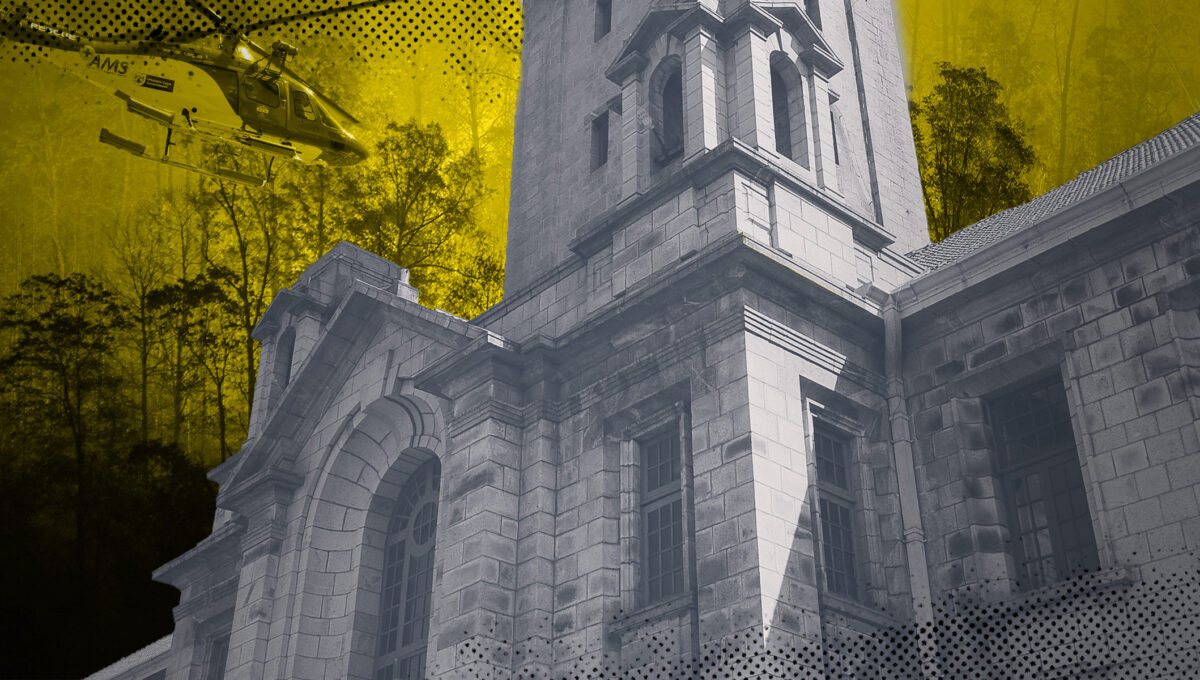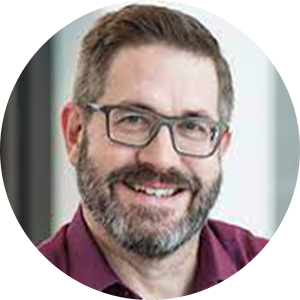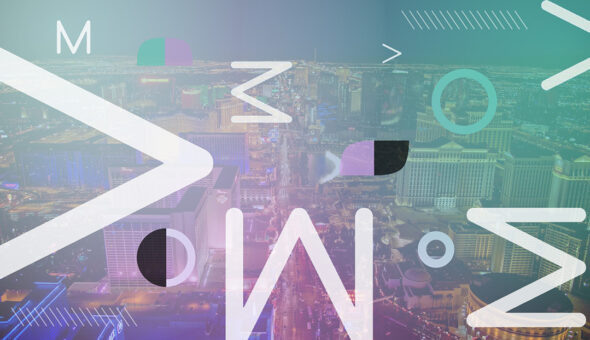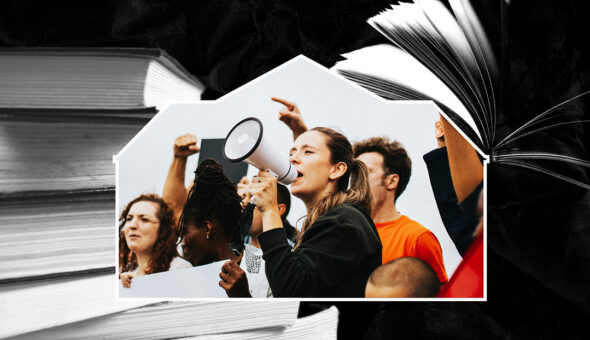10:18 p.m.
She made herself stop and be mindful for just a moment. Projecting her imposter syndrome on-campus leadership was not helpful at the moment. She needed to be here. Now. Fully. Things were about to get very busy, very stressful, and very important very soon.
And she could smell the smoke from the wildfires that were heading toward campus.
Lightning had started the fires three days ago, since then they had only grown fiercer and seemed to behave with almost a living and conscious intent on wiping the college town off the map. In just a few minutes the evacuation status of people in residence halls and campus buildings was about to go from ‘get ready’ to ‘everyone leave now’.
That was why she had gotten the 8 pm text from her boss. Called up, was what she had learned to think of it as during the tabletop exercises. Exercises were half-day meetings sitting in the basement of the library with people from all over campus pretending that there had been an explosion in a lab. Or an earthquake. Or something else terrible that caused pain and suffering. They spent hours practicing crisis response.
Practicing for this.
“The first thing is you’ll be called up. That activates your role in the crisis communications team,” the incident commander said during the first training. She remembered making that note in the fresh notebook she had grabbed out of the supply closet that morning. That was three crisis-response-trainings notebooks ago.
Now it was happening. She had been called up. If what scientists predicted was accurate the fire was heading straight toward campus. The emergency message that was about to go out telling everyone about the campus evacuation was going to start weeks of communication and months, if not years, of recovery.








